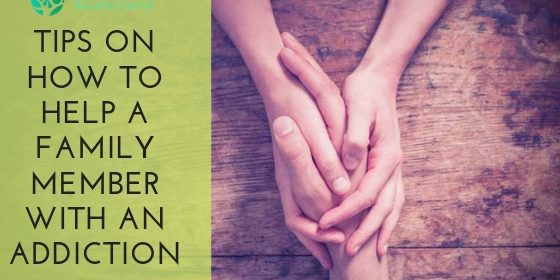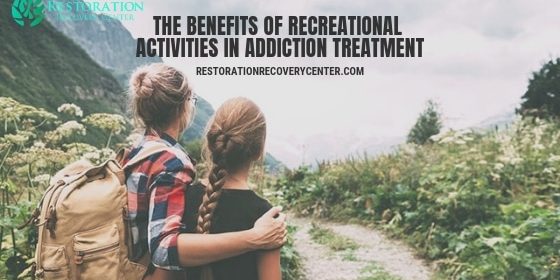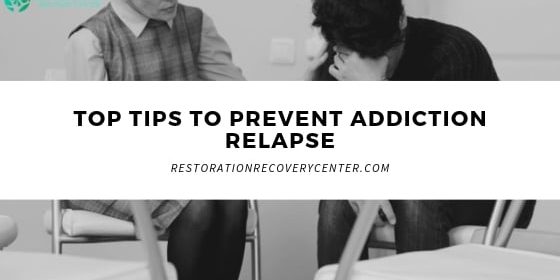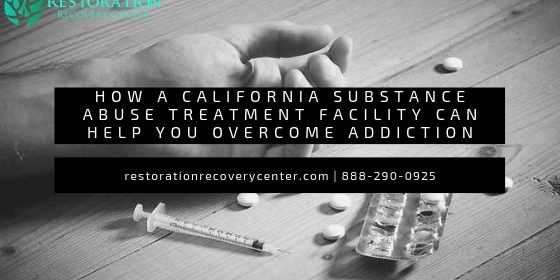Disordered Eating vs. Eating Disorders
Many recovery facilities use a holistic approach to treatment that’s considerate of the effects the mind, body, and spirit have on each other. For example, learning healthy eating habits can help you maintain a successful recovery by improving your overall health and well-being. Conversely, poor eating habits can lead to eating disorders that have damaging effects on your mental and physical health and can lead to substance use disorder (SUD).
There are many myths regarding how to have a healthy diet, which can make healthy eating seem overwhelming. You should not expect yourself to eat perfectly, but it can be helpful to know what eating habits you should avoid to prevent an eating disorder. Let’s explore the difference between disordered eating and eating disorders.
Disordered Eating Is Not the Same as an Eating Disorder
Often the first step in developing an eating disorder is disordered eating. Disordered eating is a broad term that characterizes a person’s relationship with food, exercise, and body image. It can be best described by being compared to non-disordered eating, which is eating a variety of foods with mindfulness. Some characteristics of disordered eating that can become a gateway to developing an eating disorder include:
- Using body image as a primary measure of self-worth
- Having strict rules around food and exercise
- Restricting or eliminating food groups
- Frequently switching diets
- Emotional eating
- Feeling a loss of control when eating
Many people with disordered eating are not on the path to developing an eating disorder. Many people’s work and social schedules don’t give them enough time to eat mindfully. They may find themselves quickly shoving food down their throats before a meeting or eating the same meal every day to save time. Some people might restrict food groups due to other physical problems such as allergies or gastrointestinal issues. Disordered eating becomes concerning when certain characteristics occur with frequency and intention.
Types of Eating Disorders
When disordered eating interferes with how you function in your daily life, it becomes an eating disorder. Eating disorders vary in severity and type and can have damaging effects on your mental and physical health.
Anorexia Nervosa
The most well-known eating disorder is anorexia nervosa (anorexia). Anorexia can be characterized by food restriction, which can take the form of eating smaller meal portions or avoiding certain food groups. Often anorexia occurs alongside body dysmorphia and some episodes of binging and purging.
While anorexia can result in extreme thinness, a person can be a normal weight or overweight and suffer from anorexic symptoms. Severe restriction on food puts people at risk for medical complications associated with starvation. However, suicide is the second leading cause of death for people with anorexia. Anorexic symptoms include:
- Severe restrictive eating
- Extreme thinness
- Unwillingness to maintain a normal healthy weight
- Intense fear of weight gain
- Body dysmorphia: distorted body image, and self-esteem heavily reliant on self-perception of body image
Anorexia can put you at risk for developing the following symptoms:
- Bone thinning (osteoporosis)
- Muscle weakness (anemia)
- Excessive hair growth
- Brittle hair and nails
- Dry and yellowish skin
- Severe constipation
- Low blood pressure
- Slowed pulse and breath
- Organ failure
- Drop in internal blood pressure
- Lethargy and sluggishness
- Infertility
Bulimia Nervosa
Bulimia nervosa (bulimia) refers to an eating disorder where someone chronically binges food, followed by either forced expelling of food, using laxatives or forced vomiting, periods of fasting or intense exercising, or a combination of two of these actions. Similar to anorexia nervosa, people with bulimia can range from underweight to overweight. Symptoms of bulimia include:
- Chronic inflamed or sore throat
- Swollen glands in the neck or jaw
- Worn tooth enamel, increased sensitivity, or decaying teeth from exposure to acid
- Gastrointestinal problems such as acid reflux disorder
- Intestinal irritation from laxative abuse
- Severe dehydration from purging
- Electrolyte imbalance, which can lead to stroke or heart attack
Often a sense of lack of control is associated with bulimic binge-and-purge episodes.
Binge-Eating Disorder
Unlike bulimia, periods of binge eating are not followed by purging or other toxic weight maintenance techniques. Binge-eating disorder is characterized by impulsive eating with recurring episodes of eating large portions of food. This disorder includes emotional eating and eating past the point of feeling full. It is the most common eating disorder among people in the U.S. and can lead to obesity. Symptoms of binge eating include:
- Consuming unusually large amounts of food within a two-hour time period
- Eating when you’re full or not hungry
- During binge episodes, eating quickly instead of mindfully
- Frequently eating until you’re uncomfortably full
- Eating in secret to avoid embarrassment
- Distress, shame, or guilt surrounding eating habits
- Frequent dieting without weight loss
Avoidant or Restrictive Food Intake Disorder
Previously known as a selective eating disorder, avoidant restrictive food intake disorder (AFRID) is a condition where people limit their food intake. Unlike anorexia, people with AFRID do not struggle with body dysmorphia or fear of gaining weight. This usually occurs in mid-childhood and can come across as picky eating. However, people with AFRID don’t consume enough food to maintain bodily functions. AFRID symptoms include:
- Dramatic restrictions of types or amounts of food
- Lack of appetite
- Severe weight loss
- Upset stomach, abdominal pain, and gastrointestinal issues with no other known cause
- Picky eating that becomes progressively worse
Eating disorders put people at a higher risk of developing substance use disorder. Some people become dependent on substances in an attempt to suppress their hunger. Restoration Recovery Centers provides a variety of traditional and nontraditional treatments that can help you manage your eating and substance use disorders. Our mental health professionals are eager to work with you to develop a treatment plan that matches your recovery goals and needs. We see you as the complex person you are and will attend to you accordingly. If you or someone you know is struggling with substance use, call Restoration Recovery Centers at (888) 290-0925 to find out how we can help you find your purpose in recovery.






